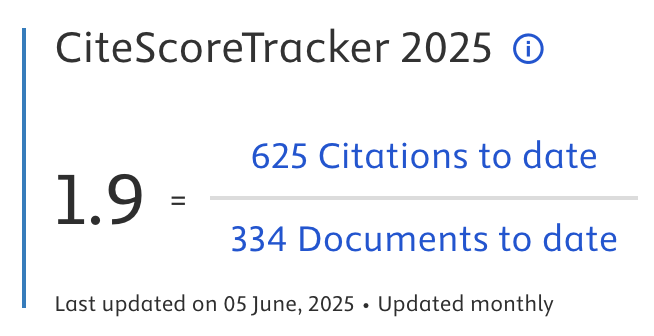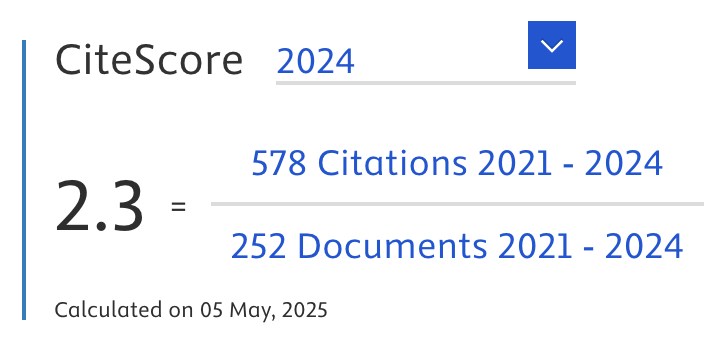Hybrid CNN Approach for Post-Disaster Building Damage Classification Using Satellite Imagery
Abstract
Accurate post-disaster building damage assessment is critical for timely response and effective reconstruction planning. This study proposes a hybrid deep learning architecture that integrates Inception-ResNet-v2 and EfficientNetV2B0, designed to enhance post-disaster damage classification from high-resolution satellite imagery. The model leverages dual-stream feature extraction, followed by concatenated fully connected layers optimized with dropout and batch normalization to improve generalization and reduce overfitting. The objective is to outperform standard Convolutional Neural Network (CNN) models in terms of classification and segmentation performance across multiple damage categories: no damage, minor damage, major damage, destroyed, and unclassified. The model was trained and validated on the publicly available xView dataset, covering over 12,000 annotated images from various natural disasters. Comparative evaluation against ResNet, GoogleNet, DenseNet, and EfficientNet demonstrates that the proposed model achieves the highest accuracy (86%), precision (85%), recall (86%), and F1-score (84%). Furthermore, it outperforms all baseline models in segmentation metrics, achieving an Intersection over Union (IoU) score of 0.7749 and a Dice Similarity Coefficient (DSC) of 0.8726. The model also significantly reduces misclassification rates in critical categories such as “major damage” and “destroyed.” A Wilcoxon signed-rank test confirmed that these improvements are statistically significant (p < 0.05) across all major performance indicators. The novelty of this study lies in the fusion of two state-of-the-art CNN backbones with tailored architectural modifications, yielding a robust and generalizable model suitable for automated disaster damage assessment. This research contributes a scalable deep learning approach that can be integrated into real-time or semi-automated disaster response systems, offering improved decision-making support in emergency contexts. The results affirm the model’s potential as a reliable tool in post-disaster scenarios and set a foundation for future work in multi-modal and real-time AI-based disaster management.
Article Metrics
Abstract: 85 Viewers PDF: 107 ViewersKeywords
Full Text:
PDFRefbacks
- There are currently no refbacks.

Journal of Applied Data Sciences
| ISSN | : | 2723-6471 (Online) |
| Collaborated with | : | Computer Science and Systems Information Technology, King Abdulaziz University, Kingdom of Saudi Arabia. |
| Publisher | : | Bright Publisher |
| Website | : | http://bright-journal.org/JADS |
| : | taqwa@amikompurwokerto.ac.id (principal contact) | |
| support@bright-journal.org (technical issues) |
 This work is licensed under a Creative Commons Attribution-ShareAlike 4.0
This work is licensed under a Creative Commons Attribution-ShareAlike 4.0





.png)